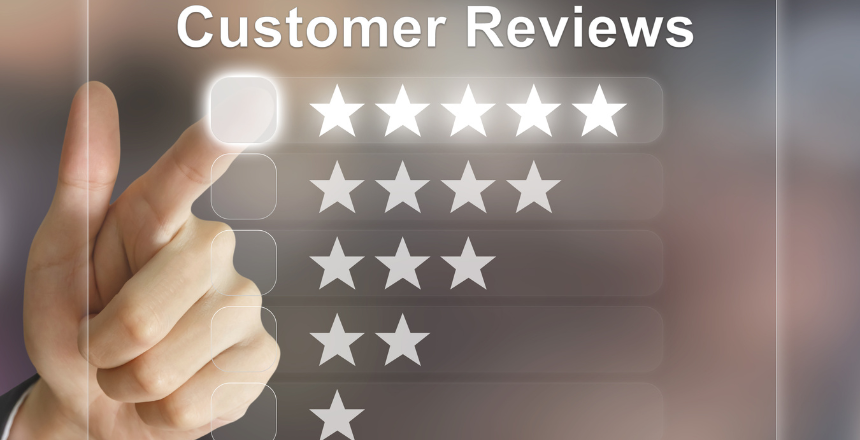1. Start By Spotting Fake Reviews
Fake reviews are more common than you’d think, and they’re designed to trick you. Here’s what you should watch out for:
- Overly generic language: If a review reads like it could apply to any product, it might be fake. Look for specific details instead.
- Extreme opinions: Reviews that are overly positive or ridiculously negative often raise a red flag. No product is that perfect—or that bad.
- Repetition: If multiple reviews use similar phrases or wording, they might be written by bots or paid reviewers.
Use tools like Fakespot or ReviewMeta to analyze reviews and weed out the suspicious ones.
2. Look For Detailed Descriptions
The best reviews come from people who’ve actually used the product and want to share their experience. Look for reviews that answer questions like:
- How does the product perform in real life?
- Are there any quirks or issues you should know about?
- Does it match the description or photos provided?
The more detail, the more trustworthy the review is likely to be.
3. Beware Of Bias In Consumer Reviews
Not all biased reviews are fake—sometimes people are just overly emotional or focused on one tiny detail. To spot bias, ask yourself:
- What’s the reviewer’s tone? Angry or overly enthusiastic tones might cloud their judgment.
- Does the review focus on relevant details? If someone’s ranting about slow shipping when reviewing a laptop, take it with a grain of salt.
Balance those extreme opinions with more neutral, balanced reviews to get a clearer picture.

4. Check The Overall Trends
Don’t just rely on a handful of reviews. Look at the big picture:
- Rating distribution: Are most ratings 4-5 stars, or is there a mix? A mix often indicates authenticity.
- Common themes: Are multiple reviewers mentioning the same pros and cons? Those are likely legitimate insights.
- Recent reviews: Trends change, and so do products. Focus on the most recent feedback to get a current perspective.
5. Use Reviews As Part Of Your Decision-Making Process
Remember, reviews are just one piece of the puzzle. Combine them with other research:
- Compare specs and features directly from the manufacturer.
- Watch video reviews on YouTube for a hands-on look at the product.
- Look for professional reviews or guides that dive deep into the product’s performance.
Using reviews effectively means taking them into account without letting them dictate your decision entirely.
Make Smarter Decisions With Online Reviews
Consumer reviews, especially on platforms like Amazon, can be incredibly helpful—if you know how to read them critically. By spotting fake reviews, filtering out bias, and focusing on trends, you can turn online feedback into a powerful tool for smarter shopping. So, the next time you’re scrolling through reviews, remember: a little skepticism goes a long way. Trust your instincts and shop smarter!
Decode The Reviews, Shop Like A Pro!
Want to make your next purchase with confidence? Bookmark this guide and come back to it whenever you need to decode those tricky reviews—and make every penny count!




